Before Columbus, they say, Jerusalem was thought of as the center of Earth. Today, the treasured, sacred lands of Jerusalem, where the three monotheistic religions found their roots, still remains the center, albeit of multicultural dialogues and global diplomacy. The fabled walls of the holy land enclose a tangle of sacred buildings, a colourful bazaar, 30,000 residents living within the walls and with them endless tales of existence.

Jerusalem’s historic core, or the dense ‘old town’ is contained within the Ottoman walls. The old city is divided into four quarters: Armenian, Christian, Jewish, and Muslim. Almost every alley you can step into resonates with the cultural and spiritual awakening the holy city stands for.
With the intersection of different religions, and beliefs, Jerusalem is also the focus of tolerance, diversity, and multiculturalism. Battles and tales from centuries have shaped the modern Jerusalem. And these tales and beliefs hold distinct meanings in the Holy land. Instance, one of the world’s holiest monument is called as Temple Mount in the Jewish and Armenian quarter, but Dome of the Rock in the Muslim quarter. This Temple Mount is the site of Judaism’s First Temple, built by King Solomon and destroyed in 587 B.C. It is now the site of the Dome of the Rock, the iconic gold-domed Islamic mosque completed in A.D. 691. And while for Jews, Dome of the Rock is the spot where Abraham came here to sacrifice his son, Isaac, for Muslims the rock marks the spot where the Prophet Muhammad journeyed to heaven. Multiple beliefs have co-existed within the same walls for centuries.
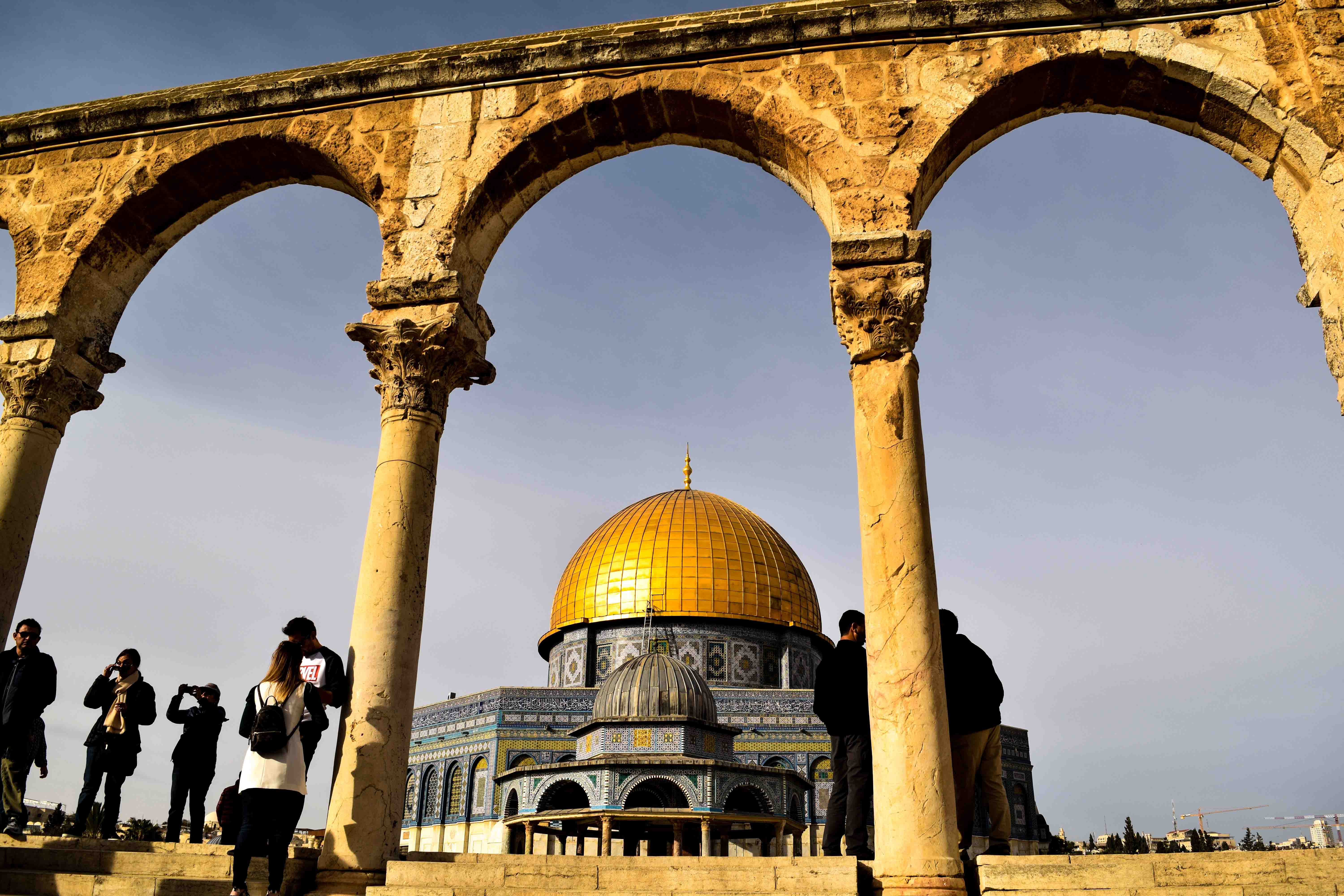

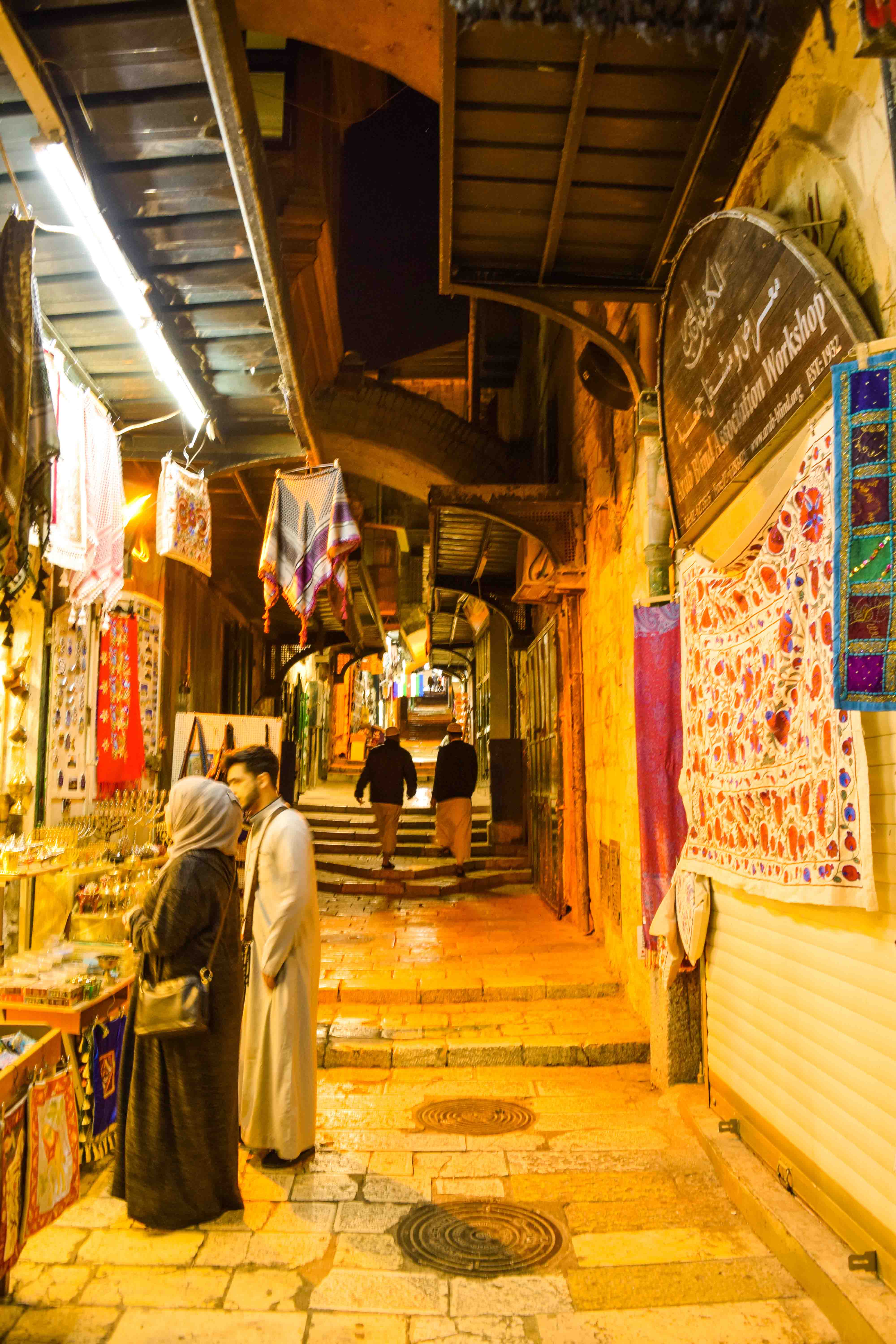
Jerusalem is complicated, or probably its beauty lies in bringing together these complications, and put them in unison. Local guides ask your religion, and your religion guides your journey in the holy land thereafter. For Christians everything merges at the Church of the Holy Sepulcher, but there are chapels for Greek Orthodox, Franciscans, Coptic Christians, Armenians, Lutherans, Protestants and so on – run by different sects. Jerusalem is just a hodgepodge of beliefs and cultures. And when every alley seems to hold a distinct cultural and spiritual belief, they all converge at one melting point.
You may see many beliefs merging with each other in the Christian quarters or the Via Dolorosa following the route of Jesus after his condemnation as he carried his cross to be executed in the Church of the Holy Sepulcher. The ancient streets lead to the Church of the Holy Sepulcher to see the site where Jesus was crucified; and then onto their pilgrimage route to the Mount of Olives, where Jesus ascended in to heaven; the Garden Tomb believed to the site of Jesus resurrection; and Mount Zion where Jesus gave many of his gospels.

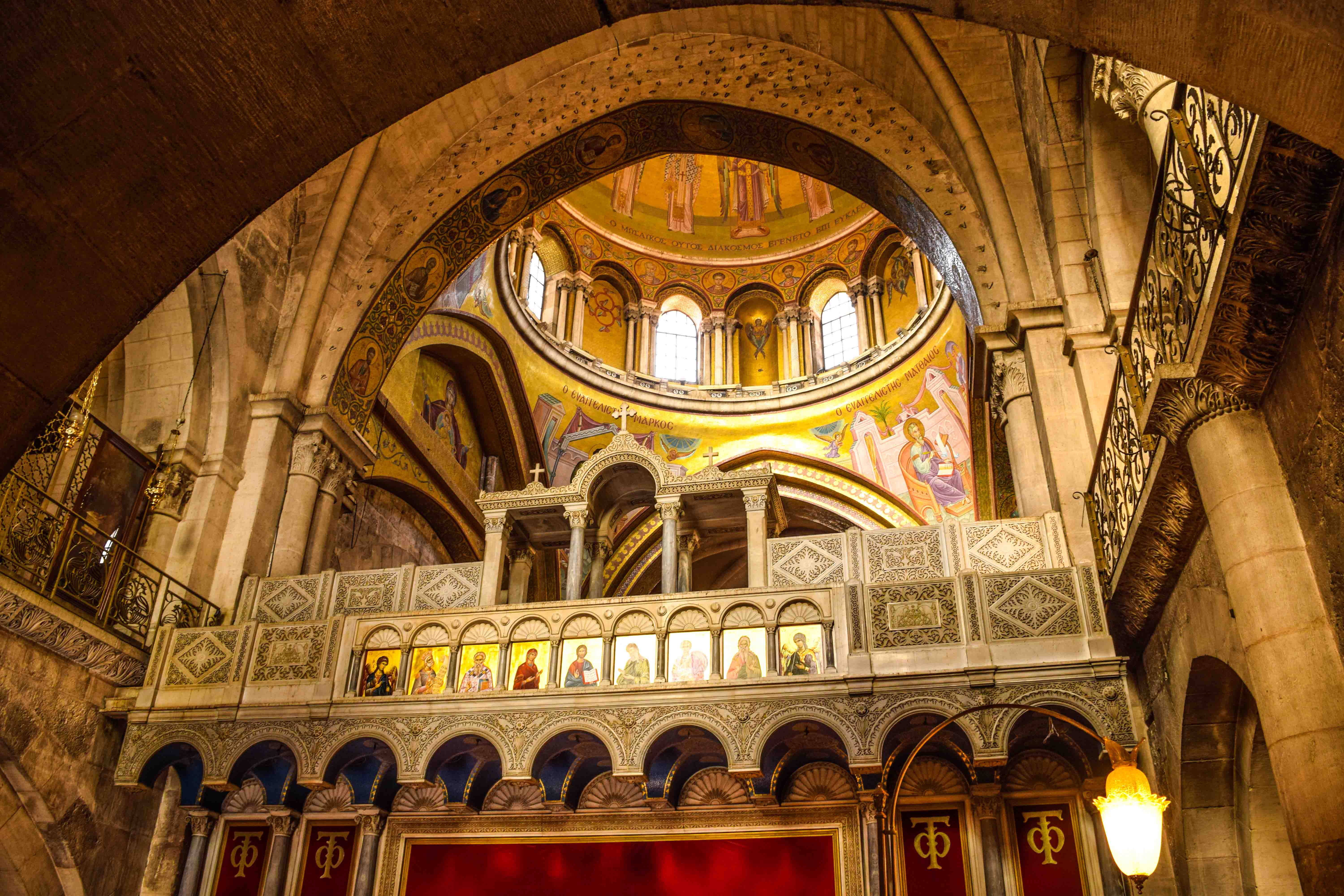

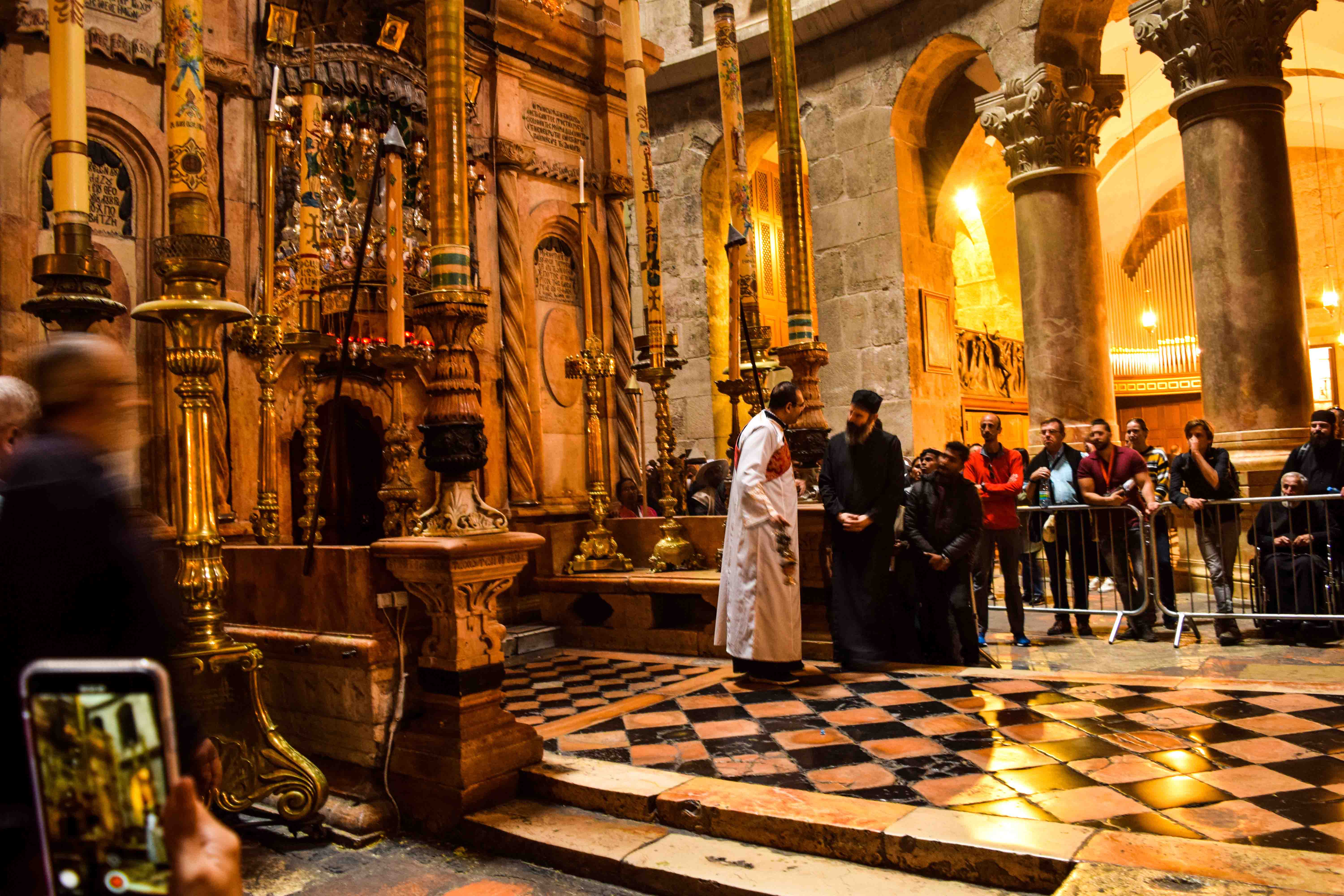
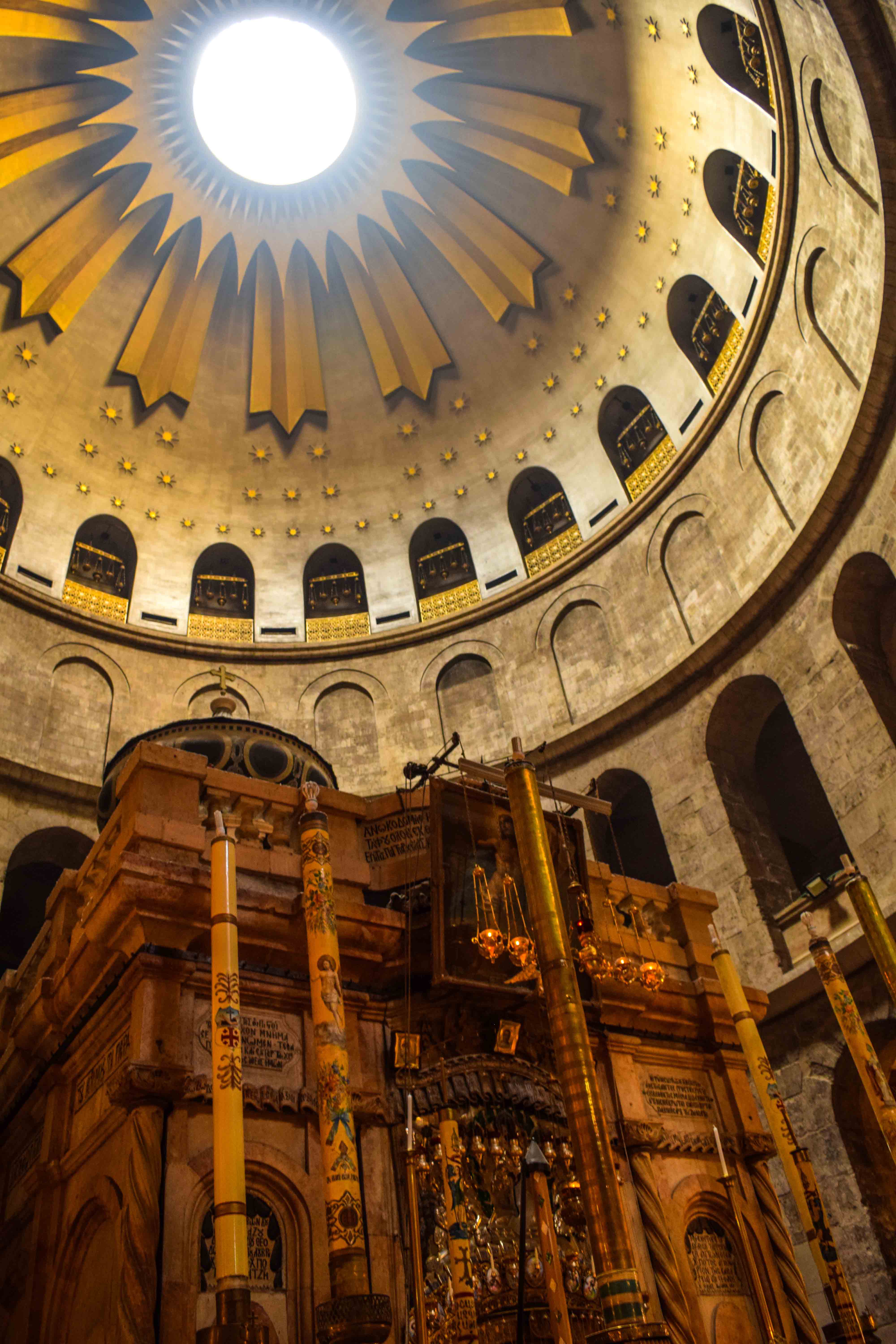
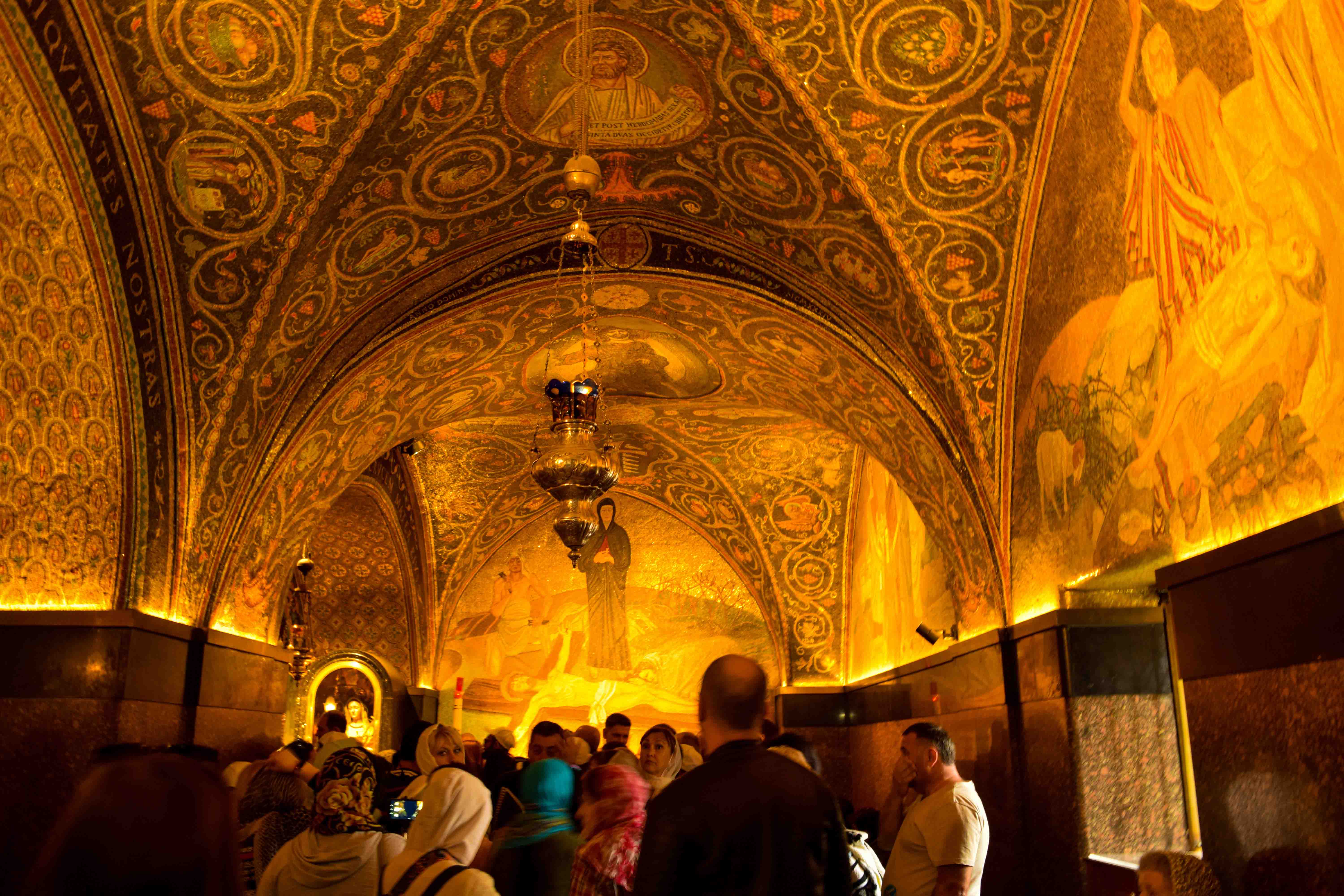
Jerusalem is historic, existing from before the birth of Christ. The Western Wall, one of the holiest places on earth for Jews, is a remnant of the old Jewish temple built 2000 years ago. The Jews went into exile when the Romans vanquished then and destroyed the temple in AD 70. Over the years, Jews returned to Jerusalem to find the only remnant of their temple – the wall – to pray and mourn its destruction, and they called it the Wailing Wall.
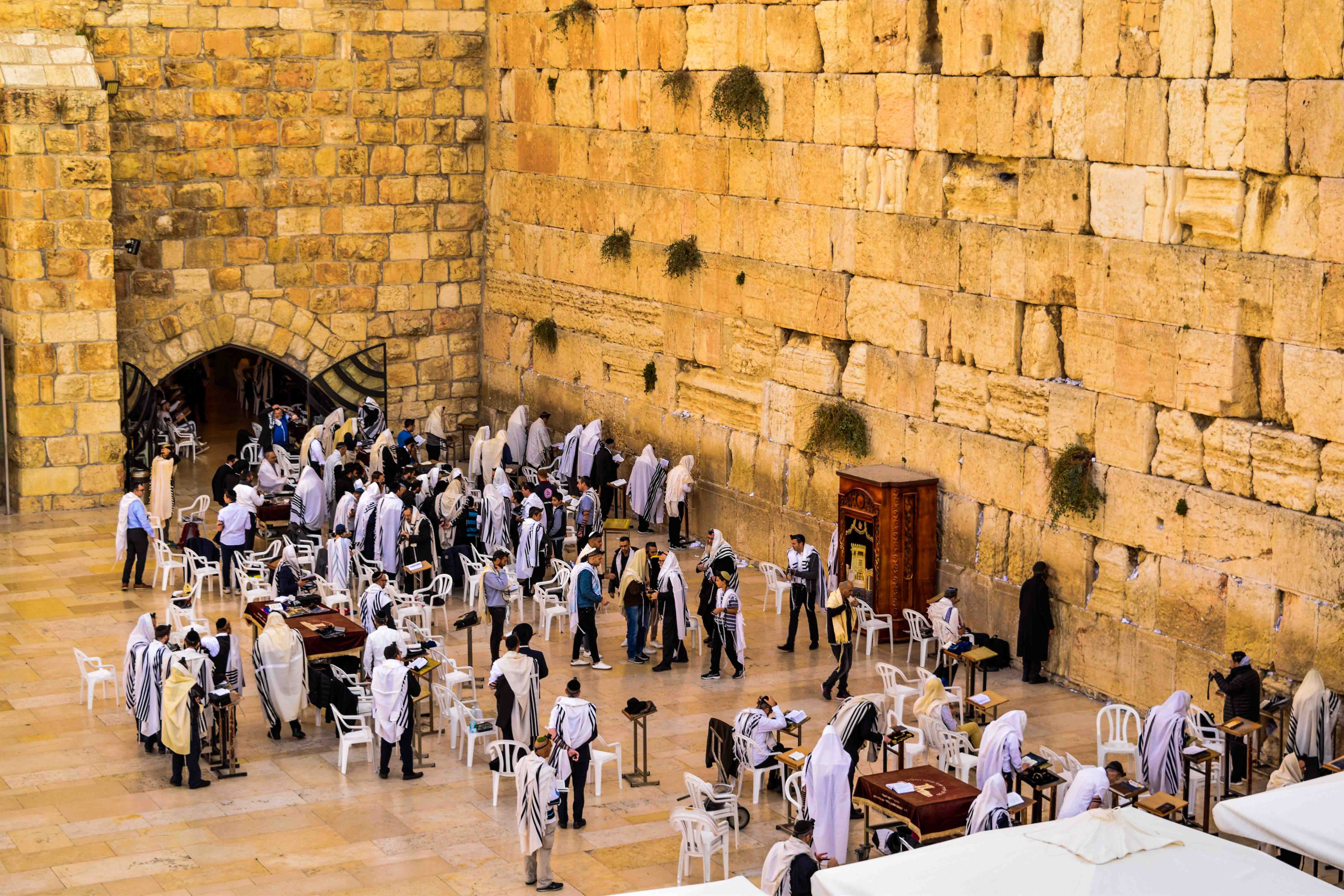
And if there is anything that Jerusalem represents more than others, then it is the byzantine religious hold on Israeli domestic politics. Walking through the Central Jerusalem, and Jewish quarters of the old city, you’ll come to know a lot on different Haredi sects, and some conversations will unfold multiple layers of social hierarchy and politics. These are ultra-orthodox Jew men, dressed in long coats, or just in jackets; some have long side curls, others simply sideburns; some sport long beards, others are clean-shaven. Their looks can easily give way which ultra-orthodox sect they belong to. To outsiders they all may look alike, but little differences in the way they dress, can tell you about their lineage and beliefs. But that isn’t enough, the Haredi sects have a deep impact on Israeli politics. Instance, contrary to various beliefs the ultra-orthodox do not believe in Israel which they believe is overrun by non-believers and deviants, and they back Palestine. Some reject Israeli nationality, not get their children registered with the authorities, and give an open call for the Israeli state to be dismantled.
Alarmed by the modern world, the sect refuse assimilation, and sticks to traditional Jewish law, the Halakha. For them the secular Jew of Tel Aviv is a deviant, for the secular they are parasites living on pensions off their tax money, to read Torah, and lead their lives as penned in the Halakha. In the Western wall, you can find many of these ultra-orthodox Jews leaning on the wall and reading Toran and inserting pieces of folded paper in the cracks of the walls. Some believe that prayers offered in this way will also be answered.


The walls of Jerusalem are like protective arms, drawing together the occupants of this ancient part of an ancient land, and holding their religious and cultural beliefs in its safe embrace. It’s a world existing in stark contrast with the Jerusalem outside, which has a more cosmopolitan construct.
And as you walk through the streets educating yourself of the cultural ethos with every step, the songs of traders fill your head, the smells of spices drawn from different parts of Middle-East tease your olfactory lobes, the piles of oranges, the silk carpets, the Turkish delights, the art and craft stalls, and then the hubbub of life, Jerusalem is a sensory delight.
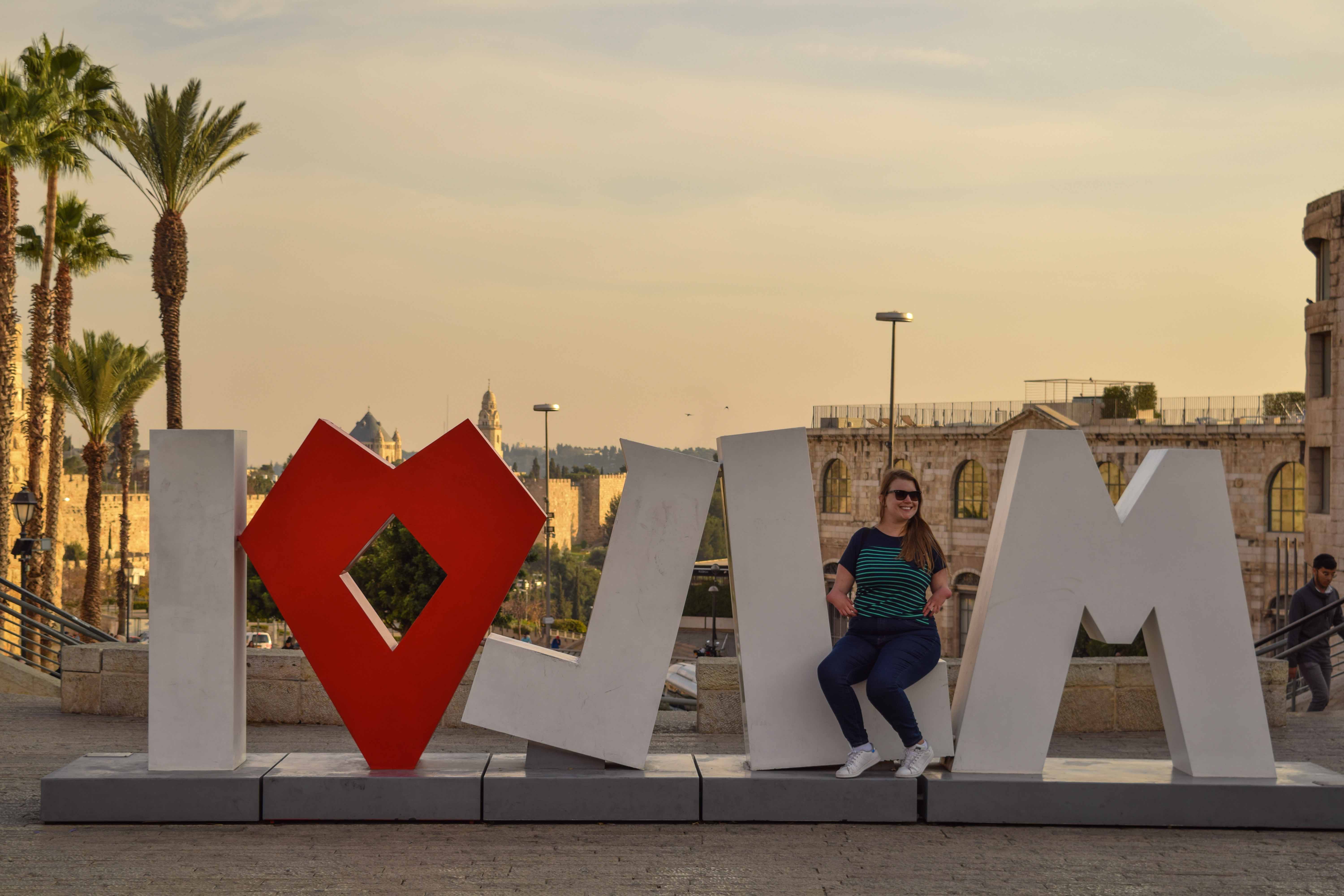








Great reading, thanks!
Good to know you enjoyed it
[…] Read more about Jerusalem in this blog – Within the walls of Jerusalem […]
The Dome of the Rock is inside the Al-Aqsa Mosque, which is the third holiest sites for Muslims. There is no such thing as Temple Mount.
Yes I know they write it as Temple Mount as it was once a Judea temple, but at present it’s Dome of the Rock. And that’s what I say is the beauty of the walled city, how easily faiths merge.
It was never Judea temple
In addition,the western wall is called Al-Buraq Wall, and is not part of any jewish temple
Thanks for the comment – I shall make an addendum to my blog, stating these facts. Thanks for pointing out.
Any time, please consider reading this https://lovingjerusalem.wordpress.com/2020/06/12/jerusalem-embraces-all-three-faiths/
Thanks, will love to read it
Reading this literally transported my heart and soul to this divine city, beautifully written Aakash and the pictures add more beauty to the post and this quote “Jerusalem is complicated, or probably its beauty lies in bringing together these complications and put them in unison.” describes Jerusalem perfectly 🙂
Hey so thanks, this is the most honest and touching reply I have got on my blog
[…] can go, the eerie stillness of the deserted landscapes and the far north, the ancient streets of Jerusalem and Bethlehem, and the cultural kaleidoscope that the cities are, and the ease with which they […]